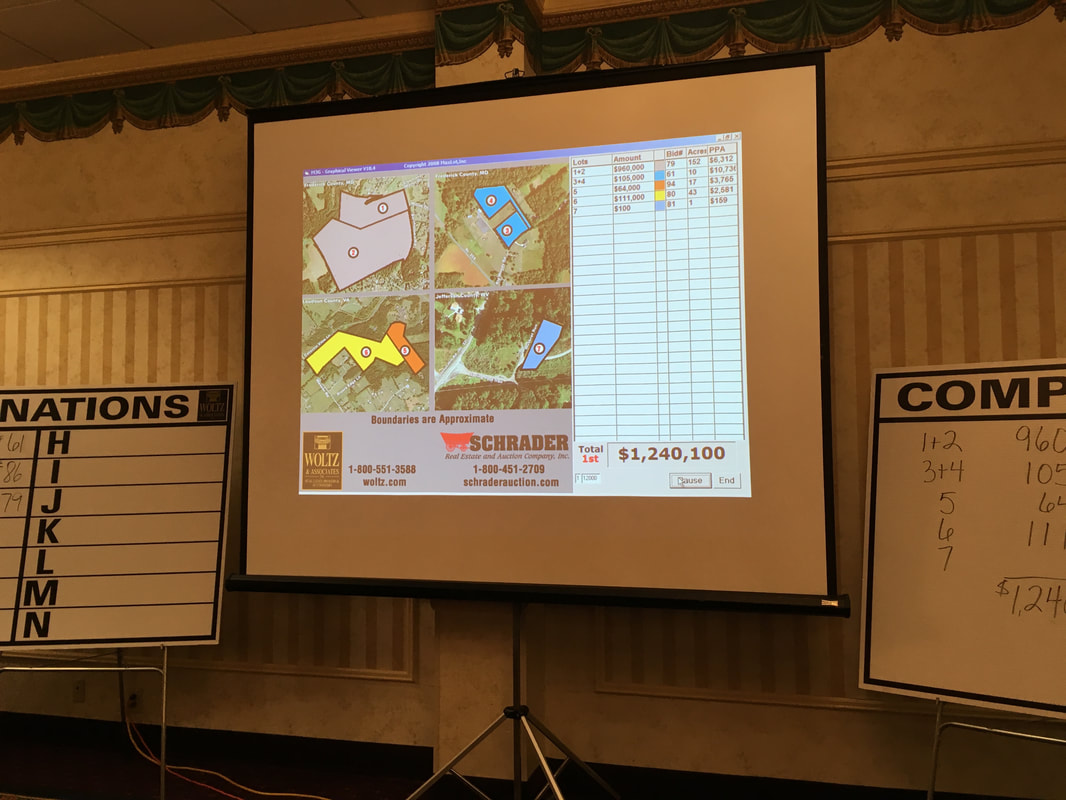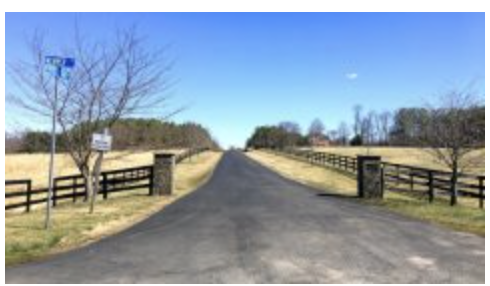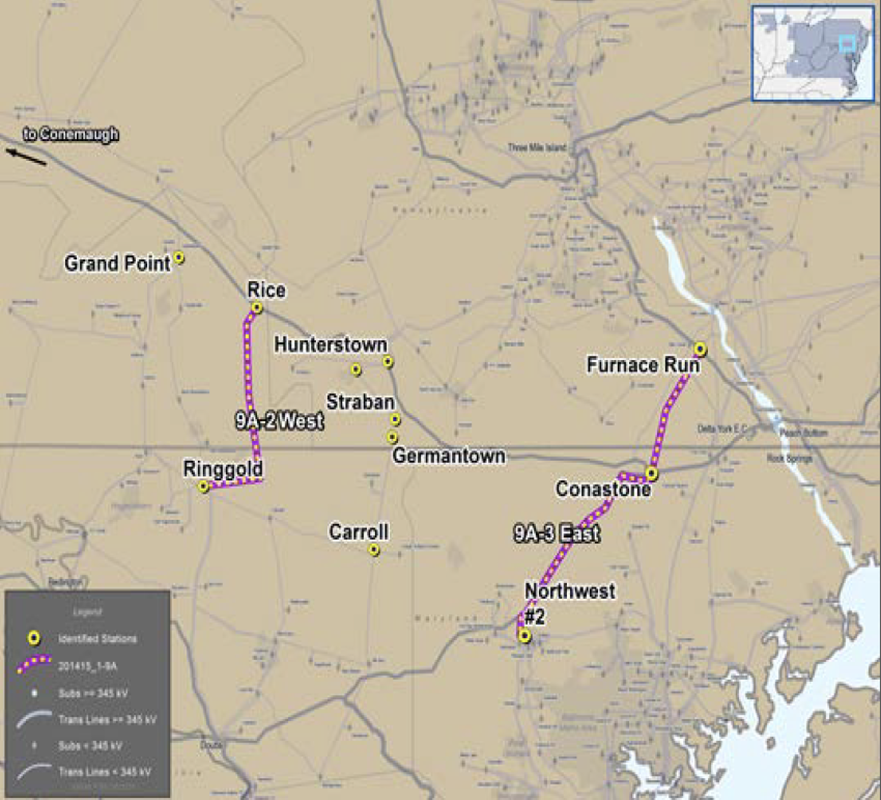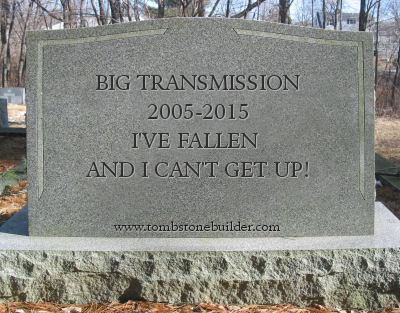We find discrepancies between the General Advertising amounts reclassified by PATH in its Compliance Filings compared to the General Advertising amounts the Commission required PATH to reclassify in Opinion No. 554.
On compliance, PATH must eliminate all General Advertising costs from its recoverable amounts, or else specifically justify each item in light of Opinion No. 554. In making the compliance filing, PATH must provide the journal entries to reflect the adjustments, and workpapers necessary to explain the accounting corrections for that FERC Form No. 1 input that references back to the journal entries; and the revised/corrected draft Form No. 1 inputs.
Meanwhile, PATH wants the Commission to approve its request to liquidate the $70M of profit PATH has accumulated and give it to the parent companies, FirstEnergy and AEP. $70M! For a transmission line project that never put a shovel in the ground. That's quite a participation trophy!
But first, the Commission needs PATH to make a COMPLIANCE FILING detailing its post-Opinion No. 554 land sales.
Did you make a compliance filing, PATH?
No! We don't need to! We made an informational filing!
Are you sure you don't need to make a compliance filing, PATH?
No! FERC meant an informational filing, not a compliance filing!
Where's our $70M?
PATH has 30 days to make the compliance filing it should have made after its land auctions, and 30-days to make its compliance filing on the removal of advertising costs. PATH has 60 days to make its refund report. PATH was also ordered to wrap up its business at the Commission. Won't we all be happy when PATH quits sliding its claws into our ratepayer wallets? As much as I look forward to the twice yearly phone gab fests, I would like to see this done. It's time to move on!
PATH must submit a compliance filing with the Commission describing either: (1) its plan for ending its operations and a timeline for when it intends to file a notice of cancellation of its transmission formula rates, or (2) the type of “transmission or sale of electric energy” that requires its rates to stay in effect. We direct PATH to submit this compliance filing within 30 days of the date of this order. To the extent that PATH intends to unwind, PATH must make the appropriate filings under FPA section 205, as necessary, to implement this action. PATH shall notify the Commission within 10 days of the date that the closing out of business is complete.
Except there's this... "Interested parties may “file comments on PATH’s compliance filing 30 days from the date PATH makes its compliance filing.”
And this...
"We note that PATH’s refund obligations may change as a result of further Commission orders in this proceeding."
Can PATH find its way out of the FERC maze and collect its $70M? Or will FERC snatch it out of their hands before they get to the exit? Stay tuned...







 RSS Feed
RSS Feed